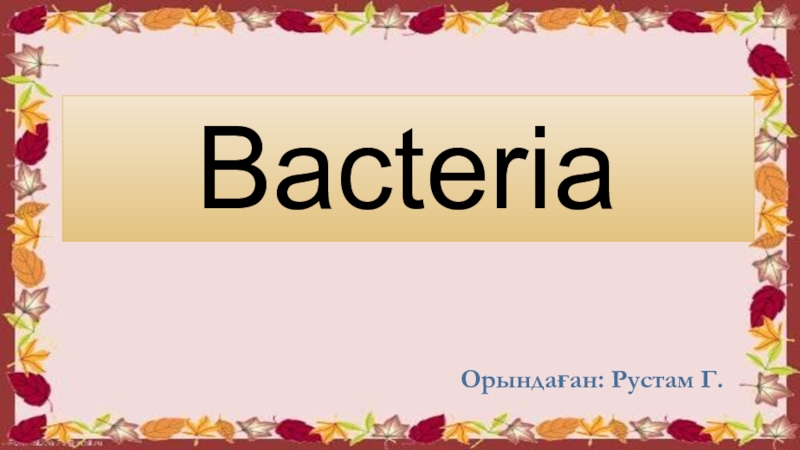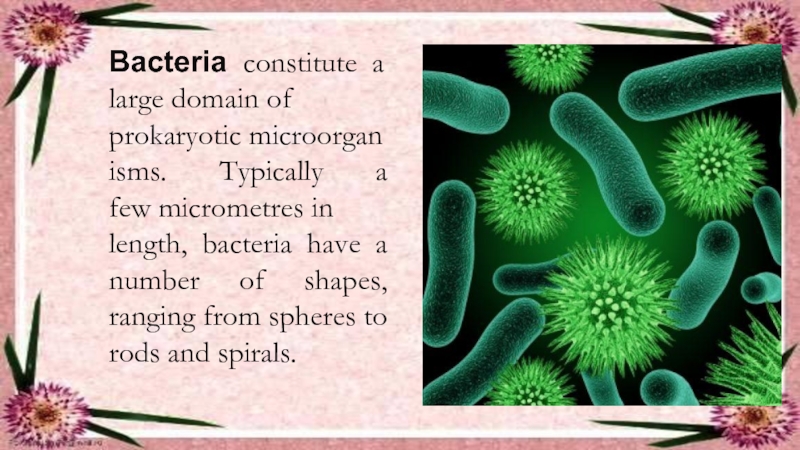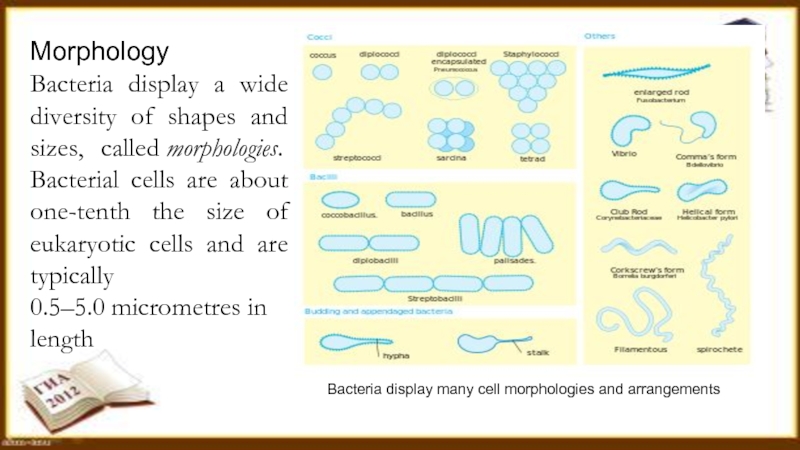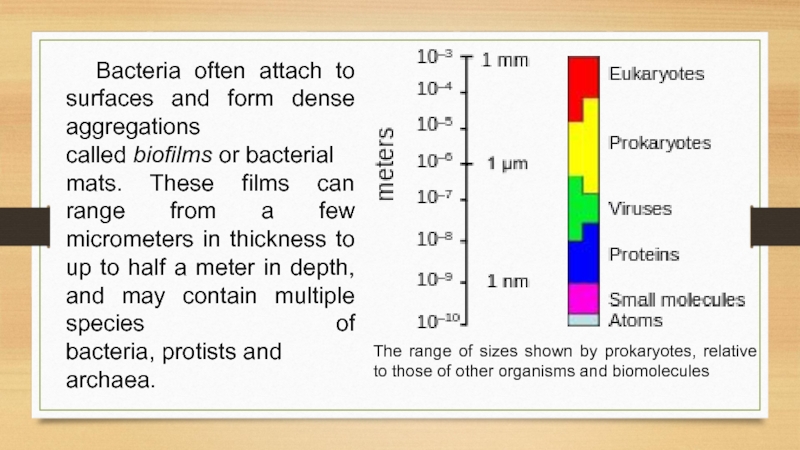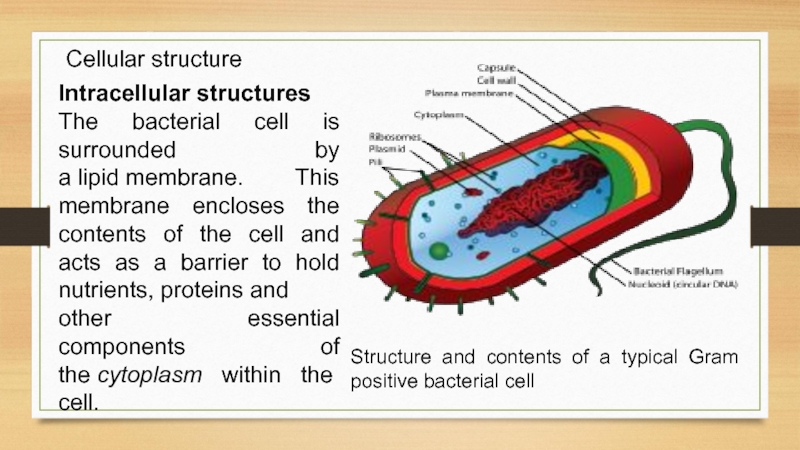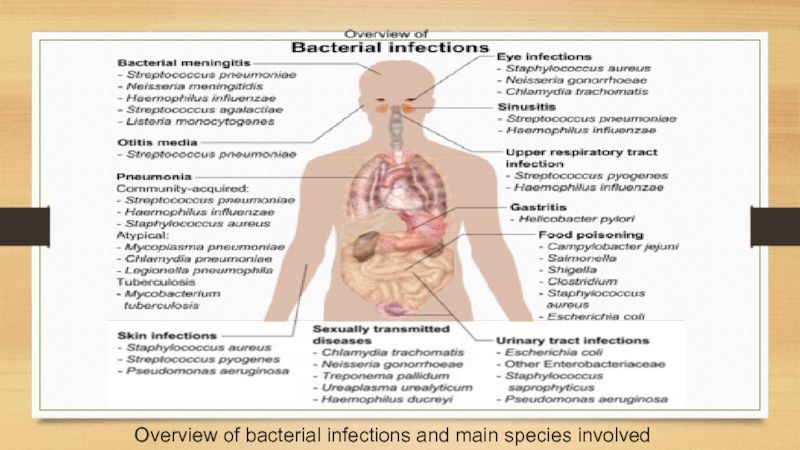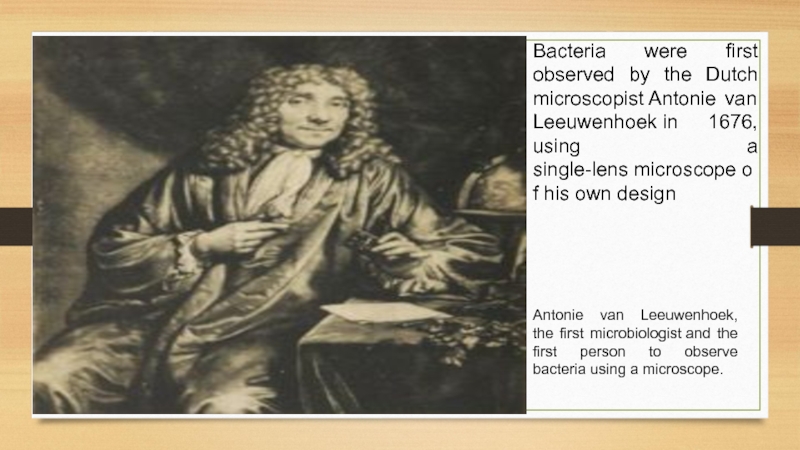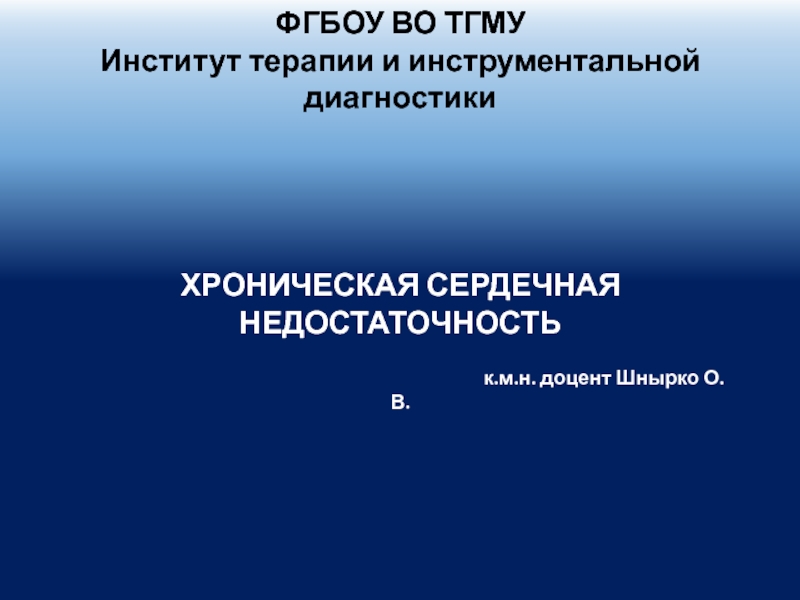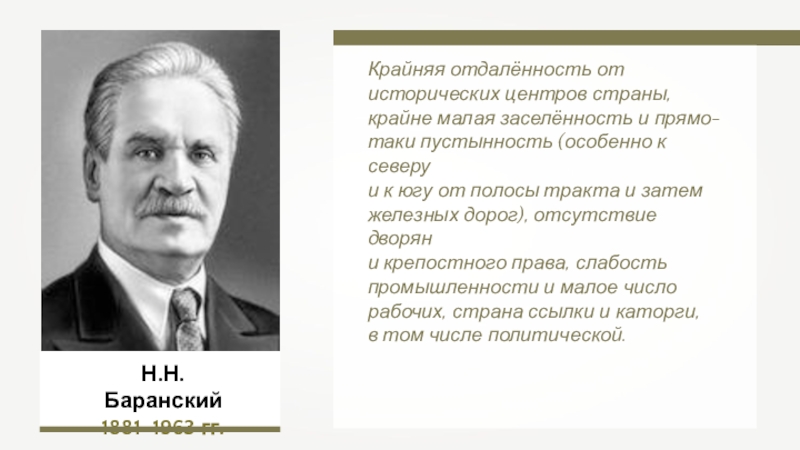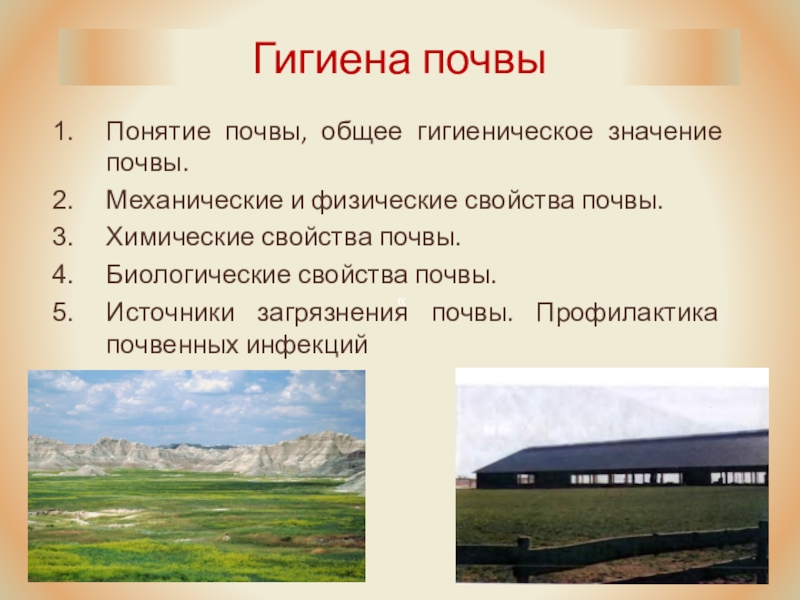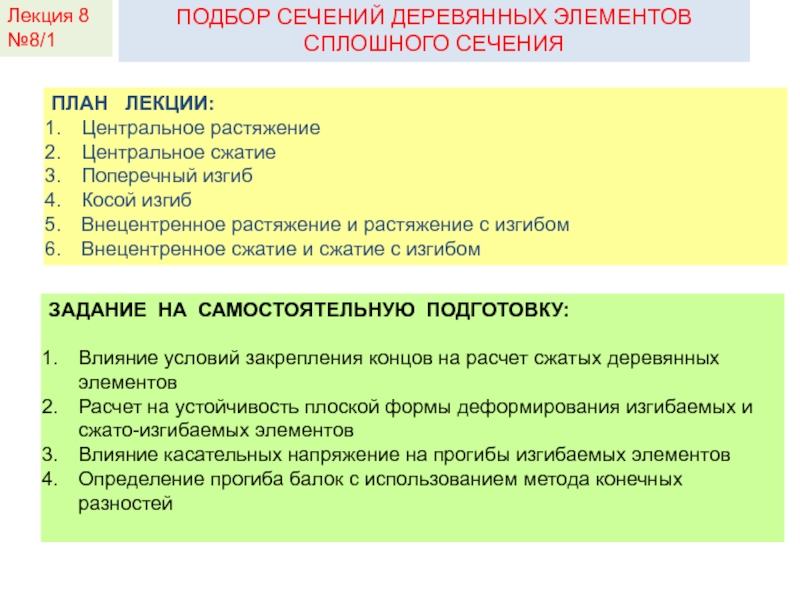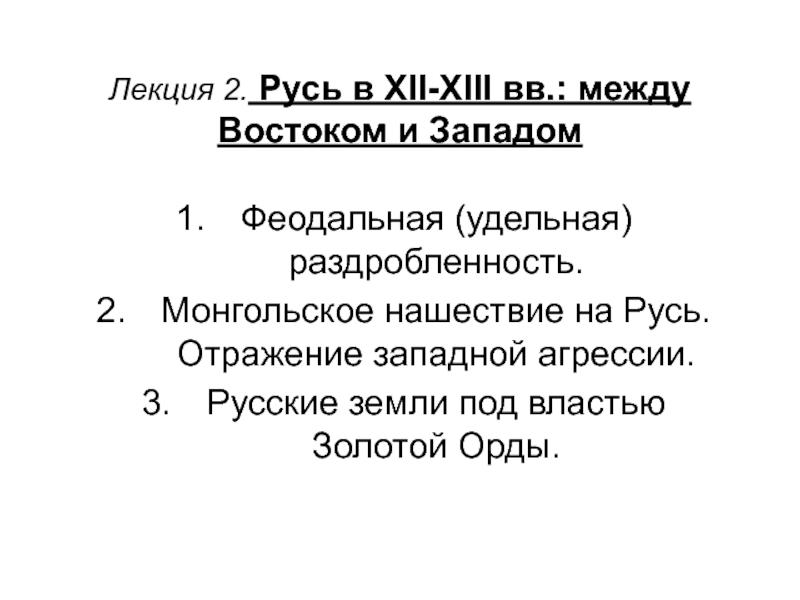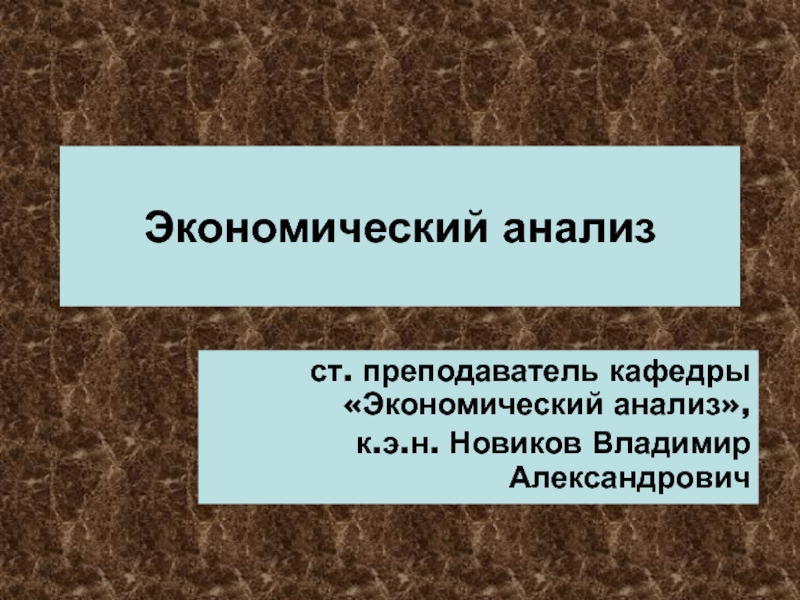Разделы презентаций
- Разное
- Английский язык
- Астрономия
- Алгебра
- Биология
- География
- Геометрия
- Детские презентации
- Информатика
- История
- Литература
- Математика
- Медицина
- Менеджмент
- Музыка
- МХК
- Немецкий язык
- ОБЖ
- Обществознание
- Окружающий мир
- Педагогика
- Русский язык
- Технология
- Физика
- Философия
- Химия
- Шаблоны, картинки для презентаций
- Экология
- Экономика
- Юриспруденция
Bacteria Орындаған : Рустам Г
Содержание
- 1. Bacteria Орындаған : Рустам Г
- 2. Bacteria constitute a large domain of prokaryotic microorganisms. Typically a few micrometres in
- 3. MorphologyBacteria display a wide diversity of shapes
- 4. Bacteria often attach to surfaces and form
- 5. Cellular structureIntracellular structuresThe bacterial cell is surrounded
- 6. Overview of bacterial infections and main species involved
- 7. Antonie van Leeuwenhoek, the first microbiologist and the
- 8. Скачать презентанцию
Bacteria constitute a large domain of prokaryotic microorganisms. Typically a few micrometres in length, bacteria have a number of shapes, ranging from spheres to rods and spirals.
Слайды и текст этой презентации
Слайд 2Bacteria constitute a large domain of
prokaryotic microorganisms. Typically a few micrometres in length, bacteria have
a number of shapes, ranging from spheres to rods and spirals.
Слайд 3Morphology
Bacteria display a wide diversity of shapes and sizes, called morphologies.
Bacterial cells are about one-tenth the size of eukaryotic cells
and are typically 0.5–5.0 micrometres in lengthBacteria display many cell morphologies and arrangements
Слайд 4 Bacteria often attach to surfaces and form dense aggregations called biofilms or bacterial
mats. These films can range from a few micrometers in
thickness to up to half a meter in depth, and may contain multiple species of bacteria, protists andarchaea.
The range of sizes shown by prokaryotes, relative to those of other organisms and biomolecules
Слайд 5Cellular structure
Intracellular structures
The bacterial cell is surrounded by a lipid membrane. This
membrane encloses the contents of the cell and acts as
a barrier to hold nutrients, proteins and other essential components of the cytoplasm within the cell.Structure and contents of a typical Gram positive bacterial cell
